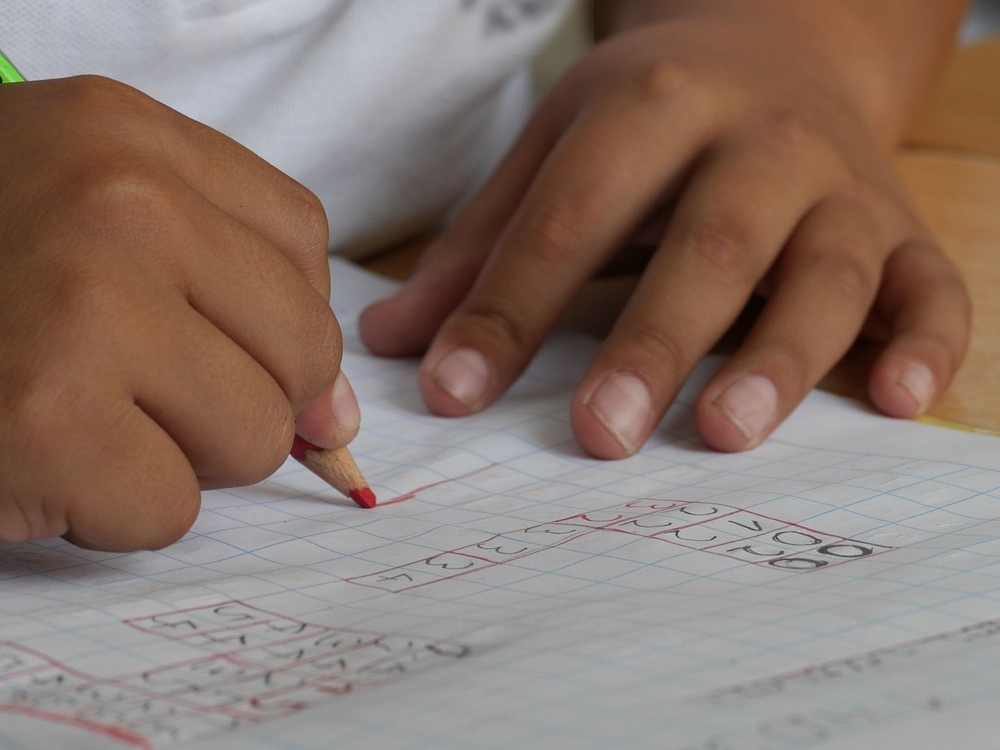Giving Up When Challenged – Meet The Underachievers

When I first started reading about underachievement, I was skeptical. Why reverse it? Is it about school ratings or creating “the best” students?
But as I dug deeper, I realized that underachievement can make kids unhappy in school. And school is a big part of their lives—if they’re unhappy there, they’re unhappy overall.
Who is an Underachiever?
Underachievers have potential that doesn’t match their achievements. Some common traits include:
- A lost love for learning
- Giving up when things get challenging
- Frustration and a negative attitude toward school
- Unrealistic self-expectations (too high or too low)
- Struggles with competition and a fixed mindset
Underachievers aren’t always identified as gifted because their abilities can be masked by low achievement. They may also have strong potential in areas like art or music while struggling academically. school.

Two Types of Underachievers
1. The “Why Should I Bother?” Student (Low or Average Grades)
These students achieve below their potential in school subjects. They only engage when they either enjoy the activity or see value in the outcome. If they don’t see the point, they disengage.
Tom is one of these students. He’s bright but uninterested in schoolwork. He thrives when a subject interests him but shuts down when it doesn’t. Many kids like Tom lose motivation because they don’t find school outcomes meaningful or enjoyable.
2. The “Better Safe Than Sorry” Student (Effortless High Grades)
These kids appear to be high achievers because they get good grades, but they aren’t actually challenged. When they finally hit an obstacle—whether in secondary school, university, or later in life—they struggle to handle failure.
Reversing underachievement

I use a model inspired by Gagné’s Differentiated Model, the Montessori approach, and Rimm’s Trifocal Model to identify and address underachievement. It consists of three key components:
The Adult – Kids absorb how adults around them handle challenges, successes, and failures. Parents, teachers, and mentors significantly influence achievement.
The Learning Environment – If school is too easy or too hard, kids can become unmotivated. A poor physical environment, like a noisy classroom for a child who needs quiet, can also contribute.
The Student – A child’s beliefs about learning impact achievement. Those with a fixed mindset think intelligence is innate, while those with a growth mindset believe in improving through effort. Organizational skills also play a major role.
A Holistic Approach
These three components are interconnected. We can’t just focus on curriculum or behavior in isolation. Supporting achievement means fostering collaboration between students, teachers, and parents.
Reversing underachievement isn’t about pushing for higher grades—it’s about unlocking potential and helping kids thrive. Each child’s journey is unique, and understanding their individual needs is key.
If you like my posts, sign up for my newsletter to get more tips in your mailbox (I don’t send spam, only good things).
